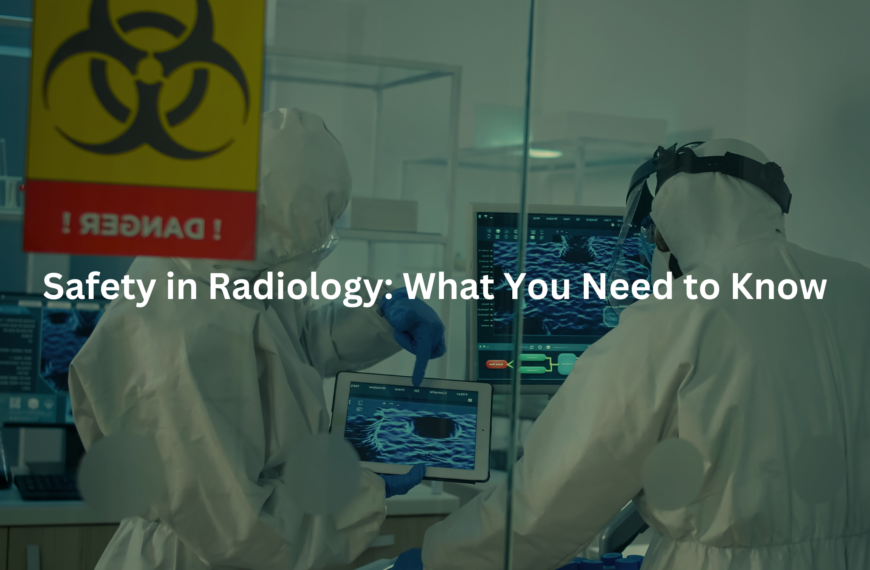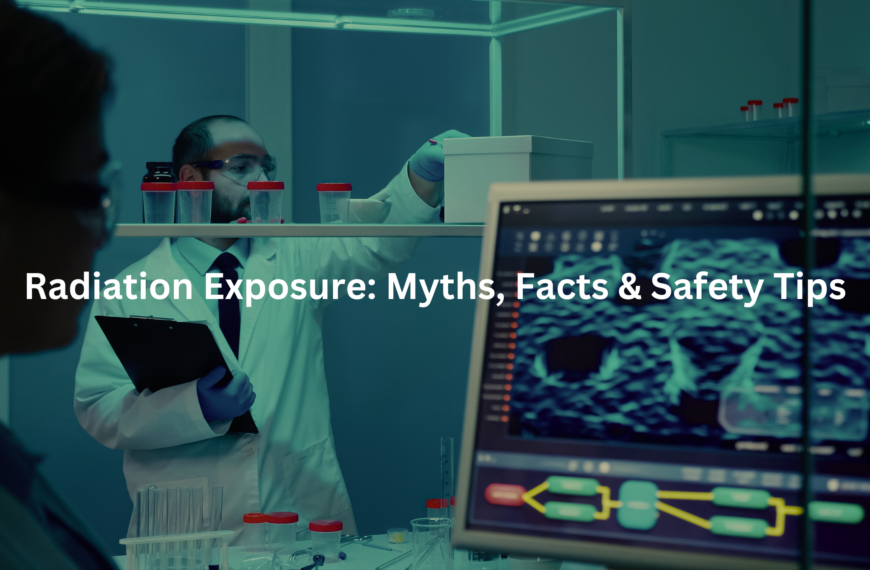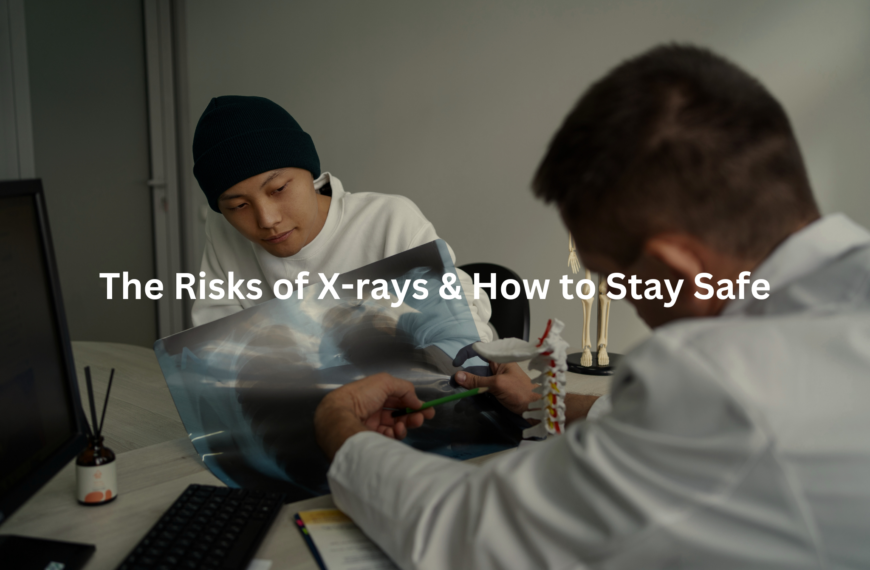Radiology Ethical Practices demand integrity, patient confidentiality, and informed consent. Explore key principles ensuring ethical imaging and diagnostic care.
Radiology ethics isn’t just a guideline—it’s the foundation of patient trust. Every scan, every diagnosis, carries weight. Informed consent (ensuring patients understand risks, benefits, alternatives) isn’t optional. It’s a legal, ethical duty. Communication matters, too—radiologists must explain findings clearly, avoiding jargon that alienates.
Risk disclosure? Essential. Radiation exposure, contrast reactions, incidental findings—patients deserve full transparency. Privacy’s another cornerstone (HIPAA compliance, encrypted storage, restricted access). AI integration raises new questions—bias in algorithms, automated misdiagnoses, accountability.
Ethical radiology isn’t static. It evolves with technology, patient rights, and medical advancements. Staying informed isn’t just smart—it’s necessary.
Key Takeaway
- Ethical radiology practices focus on patient safety and care.
- Informed consent is crucial for transparency and patient autonomy.
- Radiologists must adhere to ethical guidelines to uphold professionalism.
Ethical Radiology Practices
Radiology is where technology meets patient care. It’s not just about X-rays, MRIs, or CT scans—ethics guide every choice. The Royal Australian and New Zealand College of Radiologists (RANZCR) sets rules to protect patients. These rules aren’t just suggestions. They shape how every scan, diagnosis, and decision happens.
Radiologists often work behind the scenes, but tough choices are everywhere. Should this scan be done? How much radiation is safe? Does the patient really understand the risks? Medical imaging carries big responsibility. Ethical care means balancing safety with accuracy, patient needs with medical necessity. Skip a scan, and a serious illness might be missed. Order too many, and a patient gets unnecessary radiation. There’s no easy answer, but ethical guidelines help radiologists make the right call.(1)
Informed Patient Consent in Imaging
Getting a scan sounds simple—walk in, get imaged, walk out. But real consent isn’t just signing a form. Patients have the right to understand what’s happening to their body. That means no confusing medical terms, no rushed explanations, no empty reassurances.
Consent is serious. Patients should know if an MRI feels tight and loud, if a CT scan uses radiation, or if contrast dye might cause allergies. Some patients say no once they understand the risks. That’s their right. In healthcare, patients get to make the final decision—even if doctors disagree.
Good documentation matters, too. A signature isn’t enough. Patients must truly understand. If they just nod along without really getting it, that’s not consent. Ethical radiology means clear, honest communication—so patients stay in control of their care.
Radiologist-Patient Communication
Credits : Rad Tech Hub By Medical Professionals
Radiologists usually work behind the scenes, reading scans and writing reports. But when they do talk to patients, their words need to be clear, simple, and kind. A scan might show something unexpected—a small spot on a lung, a strange mark on a bone, a tiny bulge in a blood vessel. How that news is shared matters. Words like “lesion” or “mass” can sound scary if there’s no explanation. Patients need straight answers, not confusion.
Most of the time, radiologists don’t give results directly, but they do write the reports that doctors rely on. Every word counts. A vague report can cause fear or lead to the wrong diagnosis. If a finding is “suspicious” or “concerning,” the reason should be clear. Patients deserve the right information, not unnecessary worry.
Sometimes, radiologists must step out from behind their screens—explaining a procedure, answering a worried patient’s questions, or making sure someone understands why a scan is needed (or not needed). Good communication isn’t extra—it’s part of good care.
Imaging Risk Disclosure
Medical scans aren’t always risk-free. Radiation exposure, allergic reactions to contrast dye, even small findings that lead to extra tests—patients should know the risks before getting a scan. But they also shouldn’t be scared for no reason.
Radiation exposure depends on the scan. A chest X-ray? Hardly any risk. A full-body CT? That’s a lot more radiation. Too many scans over time can increase health risks. That’s why radiologists follow the ALARA rule—keeping exposure As Low As Reasonably Achievable. Every scan should be necessary.
Contrast dyes, like the iodine used in CT scans, can cause allergic reactions. Most reactions are mild (like nausea or itching), but severe ones—though rare—can be dangerous. MRI contrast (gadolinium) also has risks, especially for people with kidney problems. Patients should always know what’s being used and why.
Scans can also find things that may not be a problem, like tiny spots or harmless cysts. But once found, they can lead to more tests, stress, and even surgery. Radiologists have to be careful—not every little thing needs more investigation. The goal is to help, not to over-test.
Ethical Use of Radiation
Radiation is a powerful diagnostic tool, but it’s also a potential hazard. Ethical radiology means using the lowest dose possible to achieve diagnostic clarity. The ALARA principle isn’t just a guideline—it’s a necessity.
- Dose management: Tailoring radiation levels to each patient, avoiding excessive exposure.
- Justification of scans: Ensuring that every imaging study has a clear medical reason.
- Optimisation: Using the latest techniques to reduce unnecessary exposure.
CT scans contribute to most medical radiation exposure. One full-body CT equals roughly 100 chest X-rays in terms of dose. Ethical radiologists weigh necessity, exploring alternatives like ultrasound or MRI (which don’t use ionising radiation) when appropriate. Technology improves safety, but ethical judgment remains the foundation.
Minimising Unnecessary Scans
Too many scans. It happens all the time. The reasoning? Better safe than sorry. But unnecessary imaging isn’t harmless—it exposes patients to radiation, increases costs, and clogs up resources. Ethical radiologists push back when scans aren’t needed.
Every test should answer a clear clinical question. “Just to be sure” isn’t a justification. Overuse leads to incidental findings (tiny abnormalities that don’t matter), triggering more tests, anxiety, and even unnecessary procedures. Ethical practice means asking: Will this scan change management? If not, it probably shouldn’t happen.
Clinicians should follow evidence-based guidelines for imaging. That means sticking to protocols like the Choosing Wisely recommendations, which help avoid low-value tests. Radiologists should also educate referring physicians—over-ordering often comes from uncertainty rather than necessity.
Technology helps, too. Decision-support tools can flag unnecessary orders before they happen. Ethical radiology isn’t just about reading images—it’s about preventing harm before a scan even takes place.
ALARA Compliance
Radiation exposure isn’t an abstract risk—it accumulates. ALARA (As Low As Reasonably Achievable) isn’t just a guideline; it’s a responsibility. Ethical radiologists ensure every scan is necessary and every dose is optimised.(2)
That means:
- Regular calibration of imaging machines
- Dose-reduction software to minimise exposure
- Ongoing training in radiation physics and safety
Paediatric imaging demands extra caution. Children’s tissues absorb more radiation, increasing lifetime cancer risk. Lowering doses, using alternative tests (like ultrasound when possible), and shielding vulnerable areas make a difference.
Ethical radiologists also advocate for better protocols. That includes standardising low-dose techniques across hospitals and pushing for updated national dose reference levels. Compliance isn’t just about rules—it’s about keeping patients safe while still delivering diagnostic accuracy.
The best scan? The one that answers the question with the least risk. That’s ALARA in practice.
Patient Advocacy in Radiology
Radiologists rarely meet their patients. But their decisions shape patient care in critical ways. Ethical practice isn’t just about interpreting scans—it’s about advocating for better imaging decisions and clear communication.
That includes:
- Ensuring only appropriate imaging is performed
- Reporting findings clearly to prevent unnecessary alarm
- Collaborating with referring physicians to improve patient outcomes
A poorly worded report can cause panic. Words like “lesion” or “mass” can sound ominous when the finding is likely benign. Ethical radiologists use precise, measured language—communicating risk without inflating fear.
They also step in when imaging is misused. If a scan isn’t appropriate, radiologists should push back (or suggest a better alternative). This applies especially to follow-up imaging—unnecessary repeat scans drive up costs and radiation exposure.
Patient-first radiology means thinking beyond the image. It means responsibility, clarity, and making sure the right scans happen for the right reasons.
Ethical Guidelines for Australian Radiologists
Australian radiologists follow strict ethical codes set by RANZCR and the Australian Society of Medical Imaging and Radiation Therapy (ASMIRT). These cover:
- Professional conduct
- Patient privacy and confidentiality
- Continuous medical education
Ethical practice means staying updated on evolving technology, maintaining professional integrity, and putting patient welfare first.
Balancing Risk vs Benefit in Imaging
Every scan tells a story. But too many scans? That story becomes noise. Radiation exposure, contrast risks, false positives—they all matter. The balance? Maximising benefit while minimising harm.
Miss a scan? You might miss a tumour. Overuse imaging? You risk radiation-induced cancers. Ethical radiologists navigate this fine line with calculated decision-making. The right test, at the right time, for the right reason.
Guidelines exist for a reason. RANZCR, ARPANSA, hospital protocols—they shape best practices. Clinical indication must drive imaging. No fishing expeditions, no defensive medicine. If a scan won’t change management, it shouldn’t happen.
Communication is key. Patients worry about radiation. Doctors want certainty. Clear, honest discussions prevent unnecessary scans while ensuring real concerns arent dismissed.
Takeaway? Justify every scan. Follow dose optimisation principles. Never order imaging without a clinical question. Ethics isnt a vague concept—its the backbone of responsible radiology.
FAQ
What Are Your Rights in Medical Imaging?
Patients have important rights when getting medical scans. Informed consent means doctors must explain the procedure, risks like radiation exposure, and other options. Patient autonomy lets you make decisions about your own healthcare. Doctors should respect you, answer your questions, and help you understand what’s happening during any medical imaging test.
How Do Radiologists Make Fair Decisions?
Radiologists make careful choices to keep patients safe. They use a risk-benefit analysis to check if a scan is needed. Too many scans can be harmful, so doctors avoid unnecessary tests. They also protect confidentiality, follow professional guidelines, and treat every patient fairly. Their goal is to give the best care while doing what’s right.
How Does Technology Affect Medical Imaging?
New technology is changing medical scans. Artificial intelligence (AI) can help doctors find problems faster, but it also raises questions about data security and fairness. Radiologists must make sure these tools are safe, protect patient privacy, and are used the right way. They balance new technology with ethical care.
How Do Radiologists Treat Everyone Fairly?
Every patient deserves fair treatment. Cultural competence helps doctors understand different backgrounds so everyone gets good care. Healthcare disparities can make it harder for some people to get scans, so doctors work to remove these barriers and treat all patients equally.
Why Is Keeping Patient Information Private So Important?
Doctors must protect patient confidentiality at all times. They follow privacy laws to make sure only the right people see your medical details. Trust is important—patients need to feel safe knowing their health information is handled carefully and professionally.
How Do Radiologists Learn to Be Ethical?
Radiologists keep learning to make good ethical choices. They do professional development to stay updated on new medical and ethical rules. By training and working with other doctors, they find better ways to help patients while following the best ethical standards.
How Are Vulnerable Patients Protected?
Some patients need extra care, like children, elderly people, or those with medical conditions that make decisions harder. Doctors must get informed consent from a guardian if needed. They also explain things in a way the patient can understand, making sure they feel safe and respected during medical imaging.
Conclusion
Ethics in radiology start with trust. Patients—already vulnerable—rely on radiologists for accurate diagnoses and safe procedures. That means clear consent (patients need risks explained, not just paperwork), precise imaging (overuse of scans increases radiation exposure), and honest reporting (missed findings can cost lives).
Communication matters too—technical terms won’t help if patients don’t understand them. Ongoing education keeps ethical standards sharp. In Australia and New Zealand, guidelines exist, but real ethics? That’s daily decisions, not just rules.
References
- https://radiologybusiness.com/topics/healthcare-management/leadership/ranzcr-ethics-ai-radiology-australia-new-zealand
- https://www.arpansa.gov.au/understanding-radiation/sources-radiation/occupational-exposure/occupational-exposure-medical




